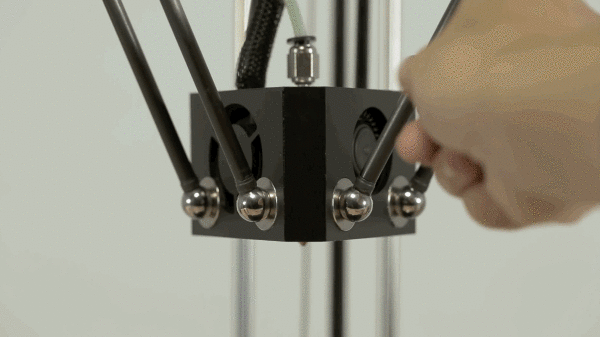3D printers are at a bit of a crossroads – after a lot of initial promise, they seem to have hit a roadblock between early adopter zeal and general consumer interest. A new entrant called Flux should at least reinvigorate hobbyist excitement, thanks to a modular design that makes it a veritable all-in-one maker factor for budding builders. The Kickstarter project for Flux launches today, making the gadget available for pre-order pledges starting at $499 for an early bird unit reservation, and $599 after that.
Flux’s modular units allow it to become a 3D scanner, later engraver, ceramics or pastry printer using modules either included, available as a separate add-on option or in development for later release. The startup has also opened up a module SDK to let others build hardware add-ons to potentially create lots more different capabilities for the Flux system in the future.
Aside from its modularity, Flux has other advantages over other systems, according to its creators, including simply setup right out of the box, higher repairability due to its modular design, Bluetooth-based mobile device control and operation, user-friendly modelling and configuration software, and a desktop-friendly design that both saves space and looks good.

From a very basic standpoint, the Flux looks like something I’d be much more likely to own than any other currently available 3D printer on the market – price aside. The fact is that most of the time I’d probably much rather have a laser engraver than a 3D printer, and the potential of other similar modular units that could offer other kinds of 3D material manipulation, like a touch-sensor testing unit, for instance, or any number of potential add-ons, mean Flux could eventually act as a near-complete micro prototyping lab for home use.
Taiwan-based Flux includes a young team of entrepreneurs, but already 30 fully functional prototypes based on a combination of open source technology and proprietary design have been created, and the team’s funding goal of $100,000 is designed to bring them through to the mass production phase. The first round of devices for backers should start to reach backers in July 2015, according to the teams’ projections.